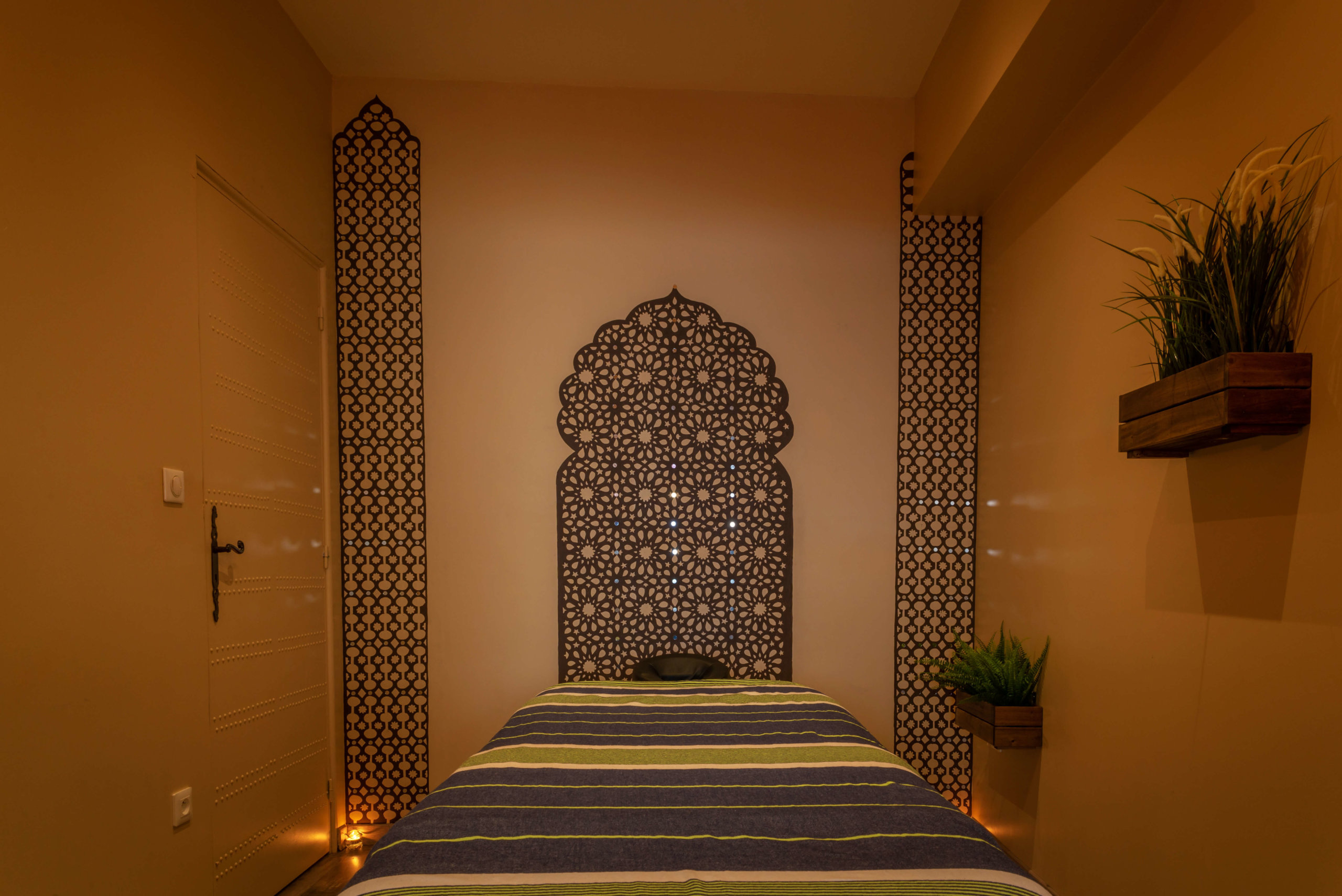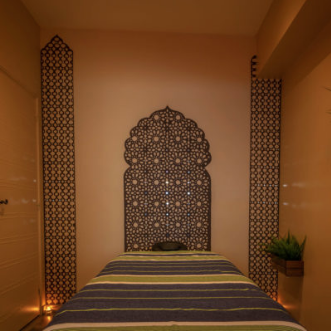Fasciatherapy
85,00€

Deposit neither refunded nor exchanged. Ability to move the appointment 5 days in advance maximum.
Détails
Qu’est-ce qu’un fascia ?
Fasciathérapie vient du mot "fascia" qui désigne le tissu conjonctif qui recouvre l'ensemble des muscles et des organes, de la tête aux pieds, de la profondeur à la périphérie. Ces fascias sont en partie élastiques, et peuvent absorber un stress physique ou psychologique entraînant une crispation de certaines zones. Le rôle du fasciathérapeute consiste à repérer les zones de tension et, à l'aide de massages, de manipulations ou encore d'immobilisations en des points d'appui manuels bien précis, à les rendre de nouveau mobiles et malléables. A terme, la fasciathérapie rééquilibre et stimule le potentiel énergétique. En cela, elle est très proche de l'ostéopathie.
La fasciatherapie est une technique indolore et non manipulative basée sur un toucher doux qui suit le mouvement lent des fascias. Les mobilisations du fascia, douces, et les points d’appui constituent les deux phases principales de l’approche manuelle en fasciathérapie
La fasciathérapie, pour qui ?
Généralement, la fasciathérapie est le "dernier recours". Les personnes entreprenant ce genre de démarche souffrent depuis longtemps et sont, bien souvent, passées auparavant par des techniques médicales classiques qui n'ont pas résolu leurs problèmes. Tout le monde est concerné, "du bébé à l'adulte, et plus particulièrement les sportifs dont le corps est soumis quotidiennement à des agressions physiques multiples. Cette technique douce, qui requiert une certaine qualité de toucher du praticien, ne présente pas de risques majeurs.
Pourquoi faire un massage des myofascias :
- Relâcher les douleurs et les raideurs chroniques
- Traiter les cicatrices
- Réduire les spasmes, les crampes et les points douloureux
- Amortir les maux de tête
- Diminuer le stress et/ou l’anxiété
- Améliorer les performances sportives
- Traiter les blessures récentes ou antérieures
- Remodeler les tissus après l’accouchement
- Pour les troubles fonctionnels et digestifs, liés notamment au stress : migraines, acouphènes, constipation, maux de ventre
- pour accompagner les personnes souffrant de troubles physiques et psychiques résultant d’une chirurgie ou d’une chimiothérapie.
Deux ou trois séances suffisent en général à gommer le stress et la fatigue et à atténuer les douleurs.
Fasciatherapy comes from the word “fascia” which refers to the connective tissue that covers all the muscles and organs, from head to toe, from the depth to the periphery. These fascias are partly elastic, and can absorb a physical or psychological stress causing a tightening of certain zones. The role of the fasciatherapist is to identify the zones of tension and, with the help of massages, manipulations or even immobilizations at specific points of manual support, to make them mobile and malleable again. In the long term, fasciatherapy rebalances and stimulates the energy potential. In this, she is very close to osteopathy.
Fasciatherapy is a painless and non-manipulative technique based on a gentle touch that follows the slow movement of fasciae. Fascia mobilizations, soft, and fulcrums are the two main phases of the fasciatherapy manual approach
Fasciatherapy, for whom?
Generally, fasciatherapy is the “last resort”. People undertaking this type of procedure have been suffering for a long time and have often gone through traditional medical techniques that have not solved their problems. Everyone is concerned, “from the baby to the adult, and more particularly the sportsmen whose body is subjected daily to multiple physical aggression.This soft technique, which requires a certain quality of touch of the practitioner, does not present risks major.
Why do a myofascial massage:
Relieve chronic pain and stiffness
Treat scars
Reduce spasms, cramps and pain points
To ameliorate the headaches
Reduce stress and / or anxiety
Improve sports performance
Treat recent or past injuries
Reshape the tissues after delivery
For functional and digestive disorders, particularly related to stress: migraines, tinnitus, constipation, stomach ache
to accompany people suffering from physical and psychological disorders resulting from surgery or chemotherapy.
Two or three sessions are usually enough to erase stress and fatigue and to reduce pain.



